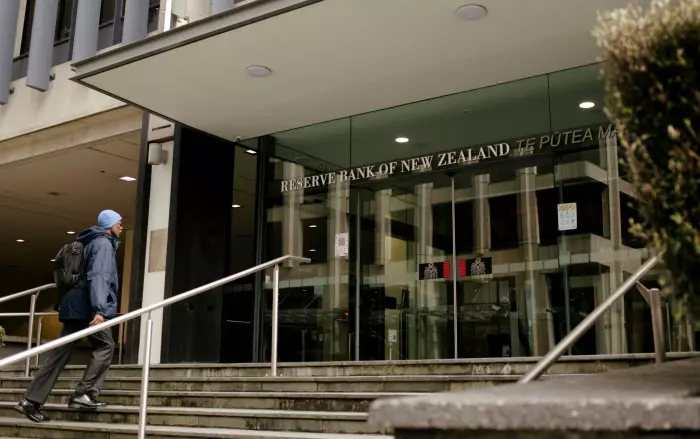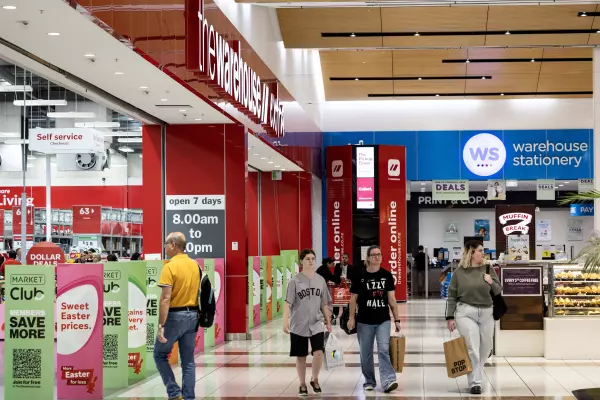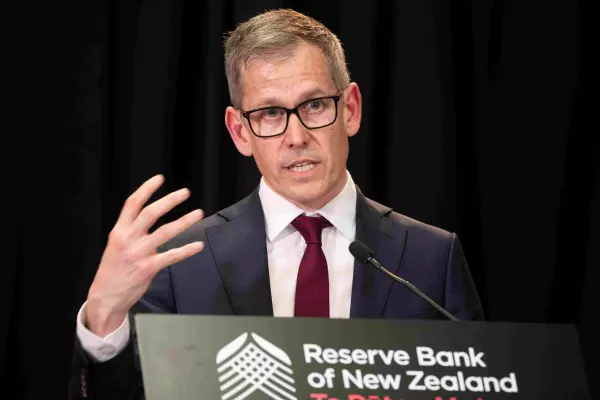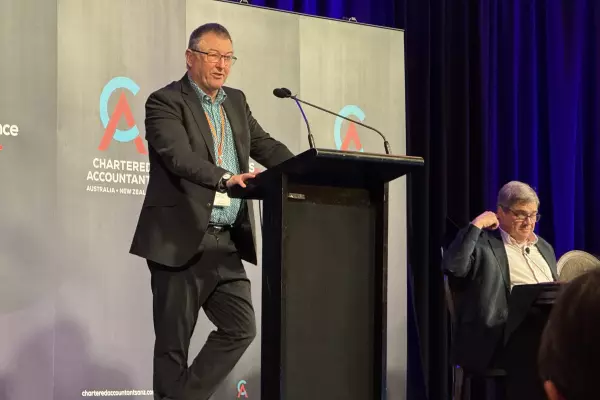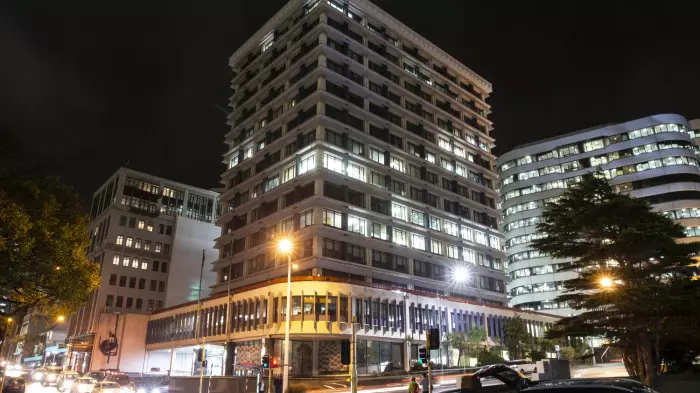This article has been republished. It was first published in October 2020.
The Reserve Bank won’t cut the official cash rate into negative territory for a simple reason - it doesn’t need to.
Yesterday, RBNZ officials gave a press briefing on alternative monetary policy tools, including negative rates. Despite a string of headlines from the likes of Reuters and Bloomberg stirring up traders and prompting economists to trumpet how dovish the central bank is, the officials didn’t say anything new.
Except for one – largely overlooked - thing.
Assistant governor Christian Hawkesby – in response to a direct, simple question – said they could implement the funding for lending programme without cutting the cash rate below zero.
“We could launch a funding-for-lending programme by itself and see the impact that has on funding costs, and how much of that gets passed on, where the economy is at, how it’s passing through,” Hawkesby said.
Economic outlook
Any move to a negative cash rate depends on what else is happening in the economy.
“Fundamentally it’s conditional on the economic outlook,” said chief economist Yuong Ha.
When the central bank first mooted the possibility of a negative cash rate, the domestic outlook was dire.
However, things just haven’t panned out the way they expected when analysts and pundits were all bracing for the worst.
Yes, the economy shrank a whopping 12.2 percent in the second quarter when lockdown restrictions put the brakes on activity, but in May the RBNZ predicted it would tank 21.8 percent.
The economy's now set for a solid rebound in the September quarter, despite renewed restrictions in Auckland.
Unemployment, meanwhile, fell slightly in the second quarter to 4.0 percent from 4.2 percent. The RBNZ saw unemployment peaking at 9 percent in 2020 in May. By August the forecast was shifted down to 8 percent.
The latest Stats NZ data show monthly filled jobs ticking back up.
Hot housing
Then there’s the housing market.
In August, the RBNZ reiterated its baseline scenario assumes house prices will fall by some 9 percent during the rest of 2020.
That's simply not happening.
Auction rooms are packed with desperate buyers and deadline sale tenders are getting unprecedented numbers of offers, all well above any rateable value.
In August, the Real Estate Institute of NZ house price index – which smooths out greater or fewer numbers of cheap or expensive houses being sold in any month and takes into account the size of houses being sold to reach like-for-like numbers – was 10 percent higher than a year earlier.
If a dollar figure is easier to grasp the magnitude of the change, the national median house sale price - which doesn't differentiate between a townhouse unit and a five-bedroom house - increased by 16.4 percent in August to $675,000 from $580,000 a year earlier.
Solid confidence
Then there’s confidence.
The latest ANZ business confidence survey sends a loud and clear signal. The preliminary October reading shows a net 4 percent of firms expect their own activity to improve.
Yes, 4 percent is low, but it was negative 55 percent in April,
Critically for the central bank, the number of firms planning to shed workers dropped significantly, despite the end of the wage subsidy programme.
Plus, we are a week away from a general election where the polls are showing the incumbent Labour Party is still in pole position to form the next government. When does business confidence ever rise on that type of news?
While economists - and traders - have been staunchly of the view that the Reserve Bank will cut the OCR into negative territory after it said it was calling on banks to be prepared by the end of the year, some cracks are beginning to emerge.
“If the strengthening in business confidence continues at its current pace, the case for further policy stimulus will be much reduced. We can envisage a scenario where the OCR does not fall below zero in 2021,” said ASB.
Why bother?
What would be the point of going negative?
Both Hawkesby and Ha said weak inflation coupled with a soft outlook for the labour market are “a very clear signal in terms of our dual mandate to be providing stimulus.”
However, they are already providing ample stimulus and they have pushed retail rates to all-time lows.
“Recent actions are working,” they said.
The official cash rate is already a record low 0.25 percent, the bank’s large-scale asset purchase programme has already pushed bond yields into negative territory for the first time.
The floating mortgage rate is 75 basis points lower than it was in early 2020 while the two-year mortgage rate is down 86 basis points, according to RBNZ data.
The two-year swap rate, meanwhile, is down about 112 basis points from pre-covid levels.
Lower please
Yes, the RBNZ wants rates lower, with both officials arguing that New Zealand’s retail lending rates are higher than those of other countries.
However, the funding for lending programme could achieve this as banks will no longer rely on term deposits for funding, but will have access to cheap funds from the RBNZ.
Hawkesby said it would be “substantial.”
Yes, a negative OCR would make that funding even cheaper but it will also squeeze the banking system, potentially impacting capital allocation and could even lead to physical cash hoarding because why would you pay to keep your money in the bank?
The market and economists, however, expect the RBNZ to go negative largely because they keep saying it’s a possibility. However, it and a raft of other outcomes are always a possibility.
You can bet that if I’d asked Hawkesby yesterday whether or not the bank could raise rates early next year if the economy – and inflation - suddenly takes off he would have had no choice but to say yes. Imagine those headlines.
They also had no choice but to give traders and banks time to prepare way back when they first mooted a negative OCR. They had to signal it was possible. It’s not something you can spring on people overnight.
Dampen expectations
The question is will the Reserve Bank look to dampen expectations at its November monetary policy statement when it introduces the funding for lending scheme.
It will have more data by then, including the third-quarter GDP and employment stats. Also, the election will be done and dusted.
Regardless, I think officials will bide their time. If they take negative rates off the table, the market reaction will be fierce and they want to keep rates and the dollar low.
Come February, however, I think they will be singing a different tune.


